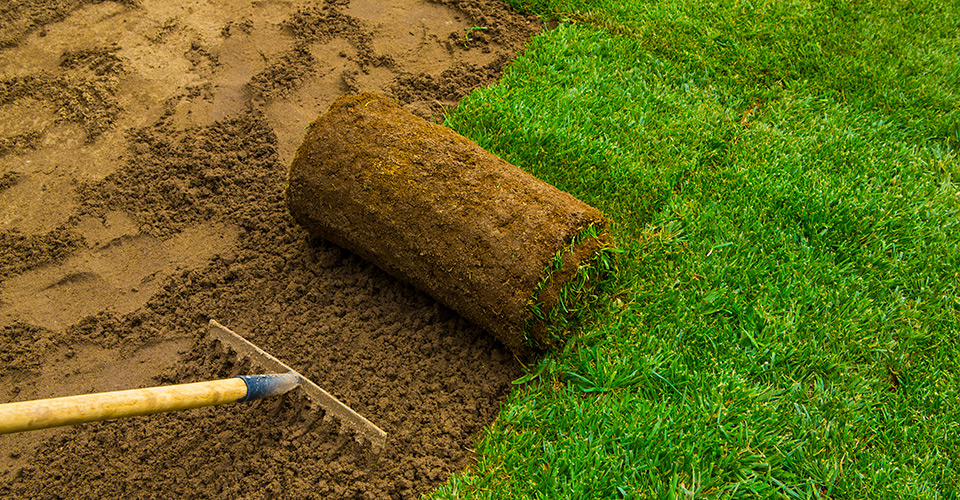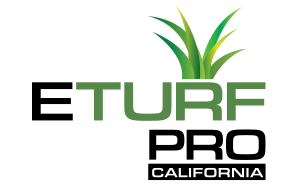9 Basic Mistakes to Avoid When Installing Turf
Artificial grass or turf can transform your lawn for the better. Not only is it aesthetically pleasing but also easy to maintain. For most homeowners, turf is a game-changer when it comes to lawn care.
As beneficial as turf can be, you need to be cautious when laying it out yourself. The process is more complicated than it looks, and simple mistakes can ruin all your efforts.
We have a list of mistakes you should avoid when taking on the task. So, your efforts don’t go in vain. Let’s dive right in.
Removing the grass from your yard is one of the first steps to installing turf. Most people assume that this pertains to just removing the visible grass. However, you need to thoroughly excavate the yard, ensuring you uproot the grass and some soil too.
Ideally, you want to excavate around 3-4 inches into the yard. The process removes weeds and roots, making the space clear for you to install turf.
After excavating the yard, you want to lay down two layers of aggregates that serve as sub-base. The base provides the lawn enough strength to handle the foot traffic.
For most lawns, a base of 50mm of MOT Type 1 is sufficient. However, if drainage is a concern you want to form a permeable sub-base and use 50mm of 12mm limestone or granite chippings. The chippings will aid in drainage and ensure the lawn doesn’t waterlog.
Think of turf like a carpet for your yard. You want to make sure that the ground is level before you lay it out. So, flatten the surface as much as possible, removing any pebbles and bumps. Otherwise, the unevenness will be easy to spot once you’ve laid the artificial grass. Not only will the yard look unattractive, but people can trip and fall due to the uneven ground.
The last thing you want is your lawn to be constantly waterlogged. That is what will happen if you don’t take adequate measures for uninterrupted drainage.
There are few measures you can take to keep the situation under control. Excavating the lawn before installing the turf is one of them. Just make sure you get deep enough. This allows you to lay a foundation for the turf with concrete or sand, which aids with drainage. Another option is to construct a drain around the lawn that directs any water absorbed by the turf out.
Don’t make the mistake of opting for the cheapest turf you find. We understand that no one wants to spend an arm and leg on artificial grass. But, you also want to make sure you get one of quality. Otherwise, you will find yourself replacing the turf much sooner than you think.
When buying turf, look for the following to ensure quality:
- Free of weeds
- No holes or tear
- A healthy shade of green
- Sharp edges
- Warranty and assurances offered by the seller
Protecting artificial grass from the powerful UV rays of the sun is vital after laying it out. Especially if you have many windows in your home that reflect the rays directly onto the lawn. The rays can potentially damage the artificial grass, burning it and forcing it to lose its color.
This doesn’t mean you put up a shade over the turf. Just provide it adequate shade from rays reflected from windows. That should be enough to protect it and keep it luscious green.
The use of adhesive ensures that the turf stays in place once installed. Many homeowners make the mistake of either using too much or too little of it. Too much of it results in the glue seeping through the turf, and too little means it doesn’t sit well.
Use a trowel to evenly spread out the adhesive once applied. The glue should no longer ooze out when you lay the turf. You can use sandbags to help it settle in well during the curing period.
If you still notice glue seeping through the plastic fibers you can use mineral spirits to get rid of it.
You need to secure the perimeter of the lawn with edging restraint. Forgetting to do this will result in the turf uplifting at the edges.
Securing the edges is a simple process that doesn’t take much of your time. You can either use galvanized nails, U-pins, or adhesive to ensure the edges stay in place.
The final step in installing the turf is brushing it after it is set in place. This gets rid of any sand infill on top of the fibers. The presence of sand flattens the fibers down and lacerates the latex, making it more vulnerable to sharp objects.
To get rid of sand infills, all you have to do is brush the turf with a broom or mechanical brush. The sand will slip through the pile and protect the polyurethane backing. This enables the artificial grass to stand upright and appear more realistic.
Installing turf yourself may seem exciting but does take a lot of planning and effort. If you approach it without a proper plan, you will end up throwing your money away and potentially ruining your lawn.
Before you take on the task yourself, think about all the responsibilities that come with it. You wouldn’t want to take it on without thinking it through. If it seems like too much, then be sure to call in the pros.
Our team at E Turf Pro can help you pick quality turf and install it for you. We treat your lawn like our own and ensure the turf is properly laid out. Don’t wait any longer to beautify your landscape and get a free quote today!


